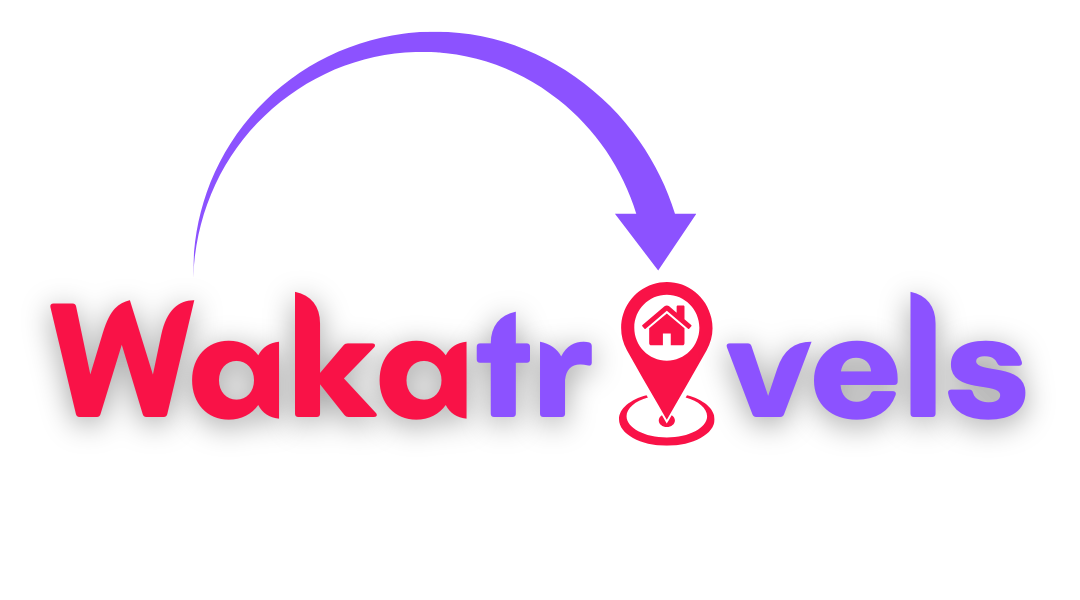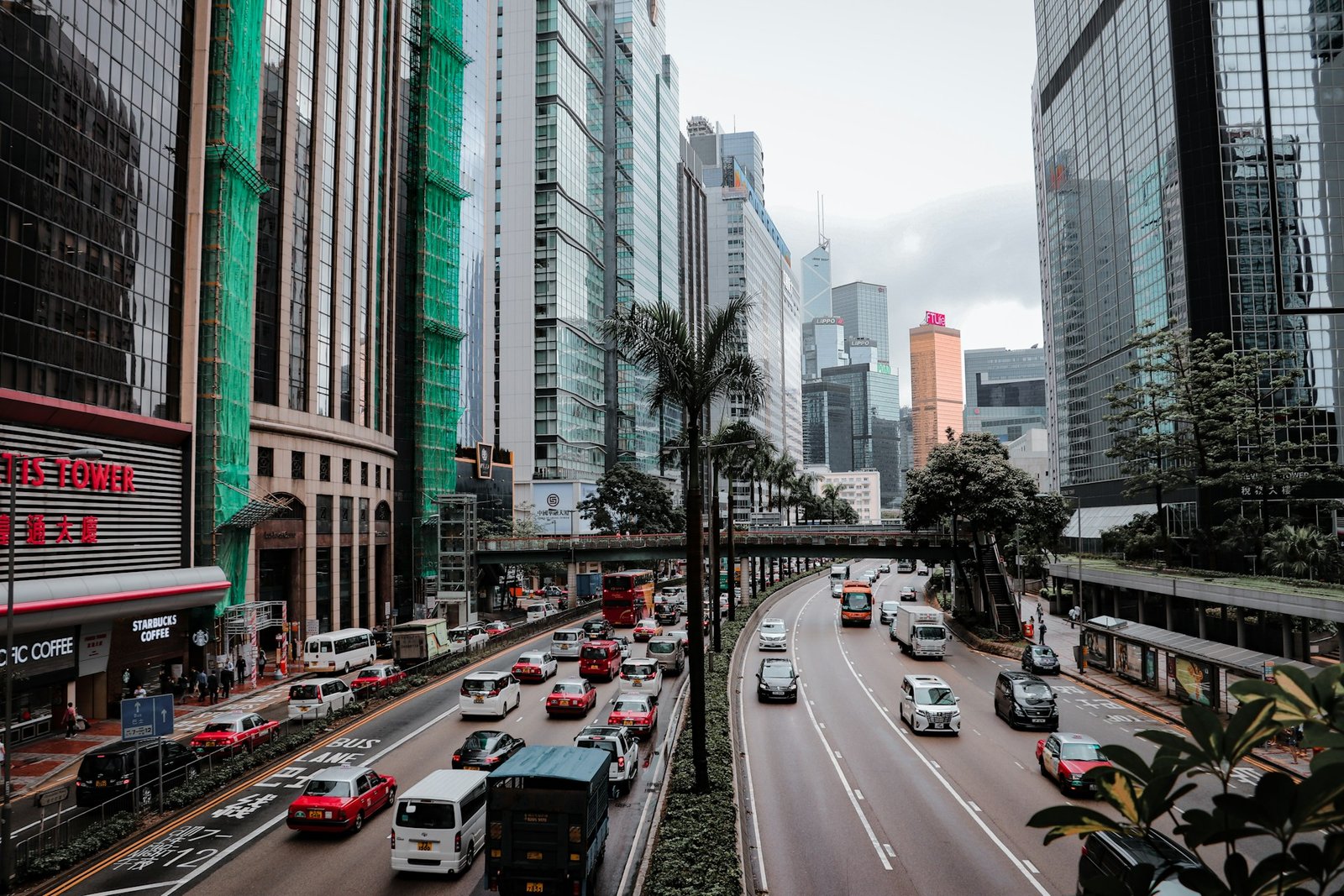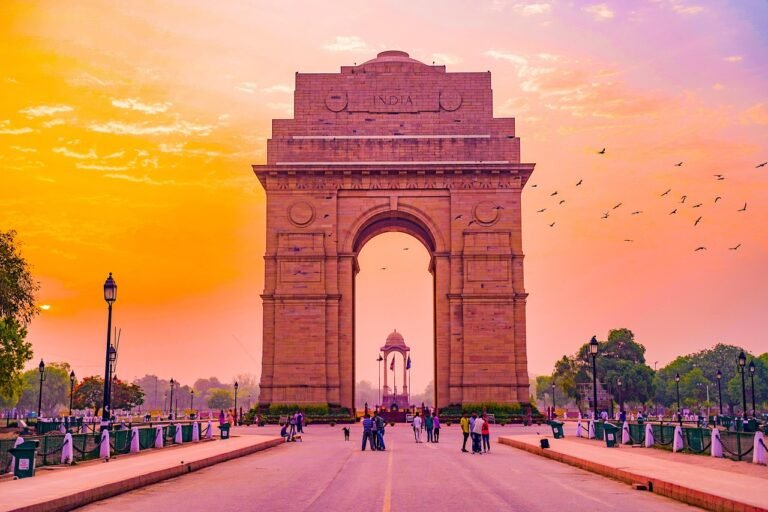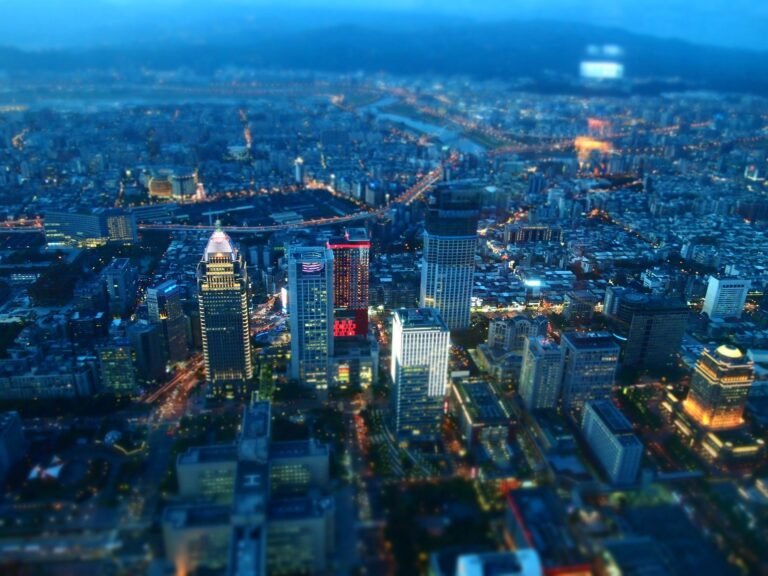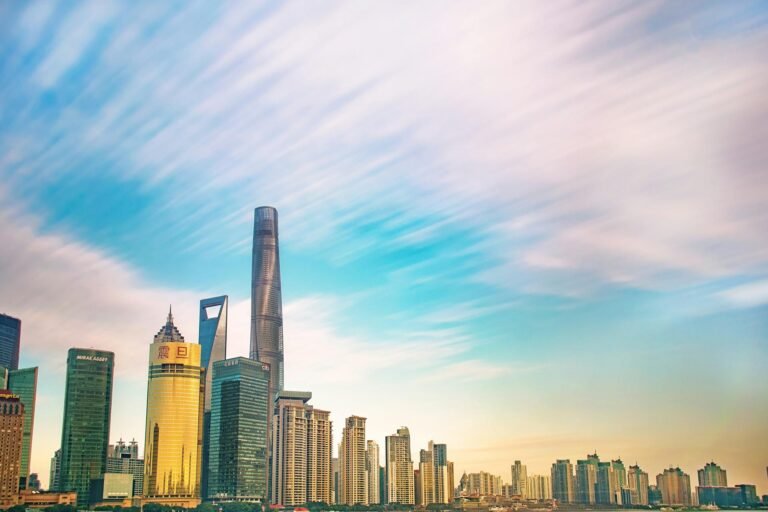Four days in Hong Kong. That’s what I had, and honestly? I thought it would be enough to scratch the surface. I was wrong—deliciously, overwhelmingly wrong. This city doesn’t just show you its face; it grabs you by the collar and drags you through neon-lit streets, up towering peaks, and into dim sum parlors where the steam fogs your glasses and the conversations happen in three languages simultaneously.
Maybe you’re like I was—staring at a map, wondering how on earth you’re supposed to see a city that’s simultaneously ancient and futuristic, British and Chinese, chaotic and organized. The truth is, four days won’t cover everything. But it’ll give you enough of a taste to either fall completely in love or plan your inevitable return trip.
Let me walk you through what worked, what didn’t, and what I’d do differently if I could go back and whisper advice to my jetlagged, overly ambitious former self.
Day 1: Central District and Victoria Peak – Getting Your Bearings
Morning: Landing in the Heart of It All
Start in Central District because, well, you probably don’t have much choice if you’re staying anywhere decent. The beauty of Hong Kong is that you can literally walk off the Airport Express and be in the thick of things within 45 minutes. No lengthy transfers, no suburban sprawl—just immediate urban immersion.
I made the classic mistake of trying to check into my hotel at 10 AM after a red-eye flight. Pro tip: don’t. Instead, store your luggage and head straight to Maxim’s Palace for dim sum. Yes, it’s touristy. Yes, locals might roll their eyes. But those har gow (shrimp dumplings) at 10:30 AM when you’re running on airplane coffee and determination? Pure magic.
Afternoon: The Tram Ride That Changes Everything
After dim sum, walk to the Peak Tram station. The queue will look daunting—it always does. But here’s what nobody tells you: the ride itself is almost vertical. I’m talking lean-back-in-your-seat, question-your-life-choices steep. The tram car tilts at such an angle that looking out the window feels like peering over a cliff.
Victoria Peak isn’t just about the view, though the view is undeniably spectacular. It’s about understanding Hong Kong’s geography in a way that street-level wandering can’t provide. You see the harbor, yes, but you also see how the city climbs mountains, how it builds impossibly tall on impossibly small plots of land, how the green spaces thread through concrete like veins.
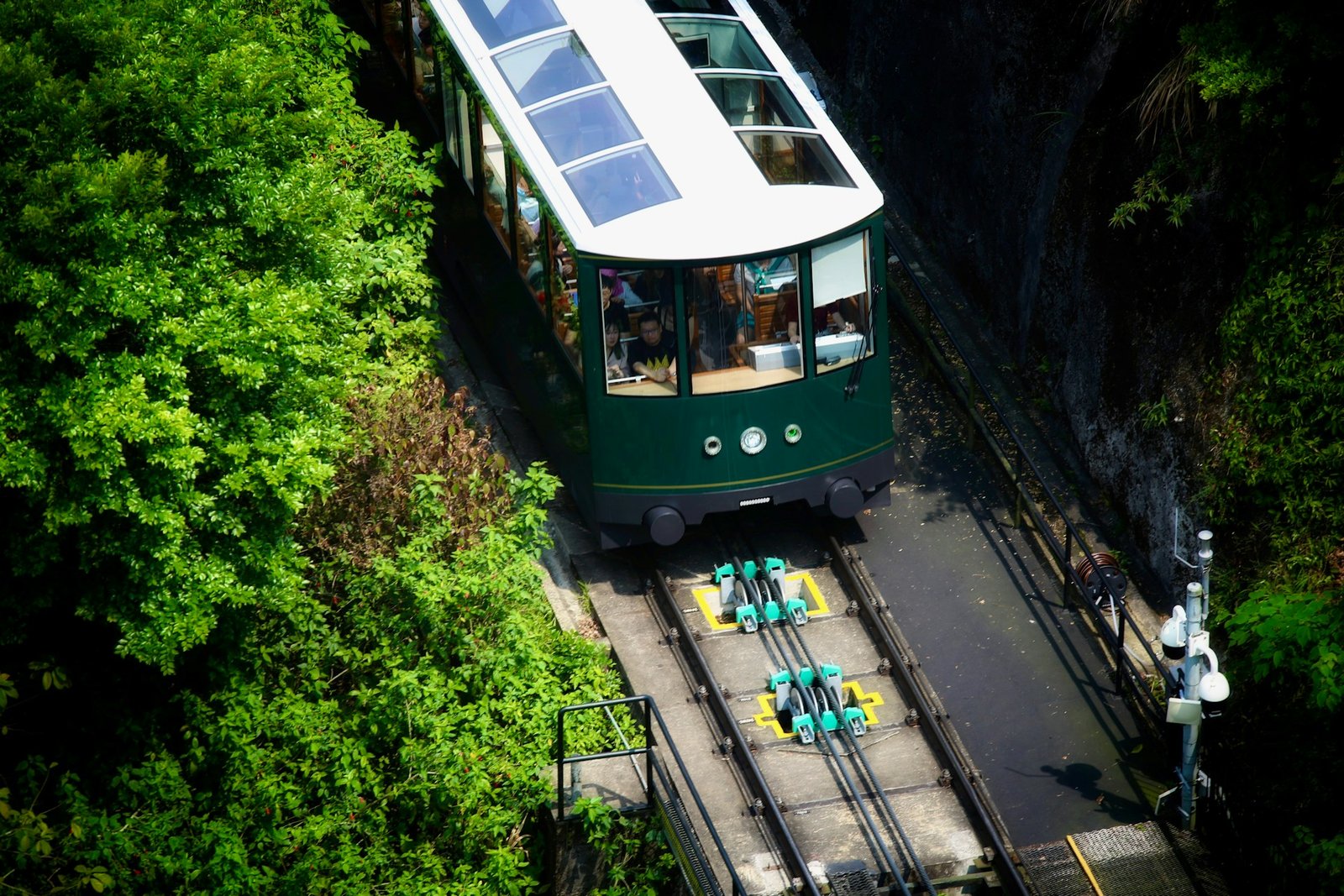
Evening: Symphony of Lights and First Impressions
End Day 1 at the Tsim Sha Tsui Promenade for the Symphony of Lights. It’s cheesy. It’s absolutely, unapologetically cheesy. The buildings light up in synchronized patterns while dramatic music plays, and tourists gather with their phones out like it’s a concert.
But you know what? Sometimes cheesy works. Sometimes you need that moment of pure tourist joy to remind you why you travel in the first place. I stood there, jetlagged and slightly overwhelmed, watching Hong Kong’s skyline dance, and thought: “Okay, this city knows how to put on a show.”
Day 2: Kowloon Culture and Street Food Adventures
Morning: Wong Tai Sin Temple – Luck and Incense
Day 2 starts with Wong Tai Sin Temple, and I’ll be honest—I almost skipped it. Temples can feel repetitive when you’re on a tight schedule. But this one surprised me. It’s not just the colorful architecture or the constant stream of worshippers making wishes. It’s the energy. People genuinely believe this place brings luck, and that kind of collective hope is palpable.
The fortune-telling stalls outside are worth experiencing, even if you’re skeptical. I paid 50 Hong Kong dollars to have an elderly woman tell me my future involved “travel and writing.” Vague? Absolutely. But sitting there, in Hong Kong, writing about travel, I couldn’t help but smile.
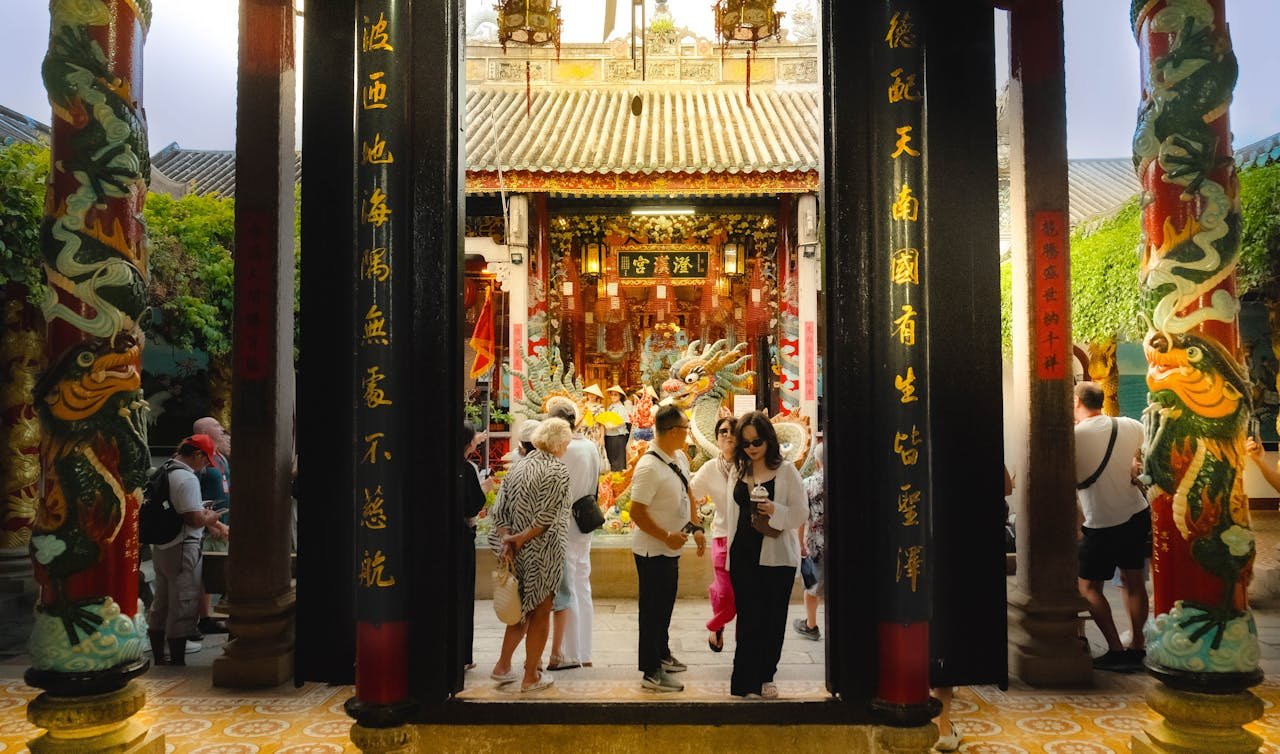
Afternoon: Mong Kok Market Madness
Mong Kok is where Hong Kong drops its polished facade and shows you something real. The Ladies’ Market is chaotic in the best possible way—vendors shouting prices, tourists haggling badly, the smell of street food mixing with incense and exhaust fumes.
I bought a watch here that stopped working two days later. I also had the best fish balls of my life from a street cart whose name I never learned. This is travel: the ridiculous alongside the sublime, sometimes within the same hour.
Evening: Dinner in a Proper Cha Chaan Teng
Skip the fancy restaurants tonight. Find a proper cha chaan teng (tea restaurant) and order like a local. Australian Dairy Company in Jordan is legendary for a reason. The service is famously brusque, the tables are shared with strangers, and the milk tea is so good it borders on addiction.
I ordered scrambled eggs on toast and felt ridiculous until I tasted them. Sometimes the simplest dishes, executed perfectly, are the most memorable.
Day 3: Island Hopping and Cultural Deep Dives
Morning: Star Ferry to Central
Take the Star Ferry across Victoria Harbour. It costs less than a dollar and offers the same harbor views you’d pay hundreds for on a dinner cruise. The ferry has been running since 1888, and riding it feels like participating in Hong Kong history.
The wooden seats, the diesel smell, the way the city skyline shifts as you cross—it’s all wonderfully unchanged. This is one of those experiences that made me understand why people fall in love with cities.
Afternoon: Man Mo Temple and Hollywood Road
Head to Man Mo Temple on Hollywood Road. The giant incense coils hanging from the ceiling create this ethereal, smoky atmosphere that photographs never quite capture. You’ll smell like incense for hours afterward—consider it a souvenir.
Hollywood Road itself is an antiques lover’s paradise. I spent two hours browsing shops selling everything from Ming dynasty ceramics to Cultural Revolution propaganda posters. I bought neither, but the window shopping was entertainment enough.
Evening: Lan Kwai Fong Nightlife
Lan Kwai Fong is Hong Kong’s party district, and it’s exactly as international and slightly artificial as you’d expect. But it’s also fun. The bars spill onto the streets, the crowd is a mix of expats and locals, and the energy is infectious.
I ended up at Sevva, a rooftop bar with ridiculous views and even more ridiculous prices. Was that cocktail worth 20 dollars? Probably not. Did I care while watching the city lights twinkle below? Absolutely not.
Day 4: Traditional Markets and Departure Prep
Morning: Wet Markets and Real Hong Kong
Your last morning should include a wet market experience. Graham Street Market in Central is accessible and authentic without being overwhelming. The fish are still flapping, the vegetables look like they were picked yesterday, and the vendors have been doing this for decades.
I watched an elderly woman select a live fish with the expertise of a wine sommelier. The vendor netted it, weighed it, and had it cleaned and wrapped in about ninety seconds. This is how people actually shop in Hong Kong, and witnessing that daily ritual felt more valuable than any tourist attraction.
Afternoon: Last-Minute Shopping and Reflection
Spend your final hours in Times Square or IFC Mall if you need proper shopping, or return to Central for one last walk around. I found myself sitting by the harbor, watching the ferries cross back and forth, trying to process everything I’d seen.
Four days had given me temple incense and skyscraper views, street food and Michelin stars, ancient traditions and cutting-edge modernity. Hong Kong doesn’t ask you to choose between East and West—it insists you experience both, simultaneously, until your brain stops trying to categorize everything and just accepts the beautiful chaos.
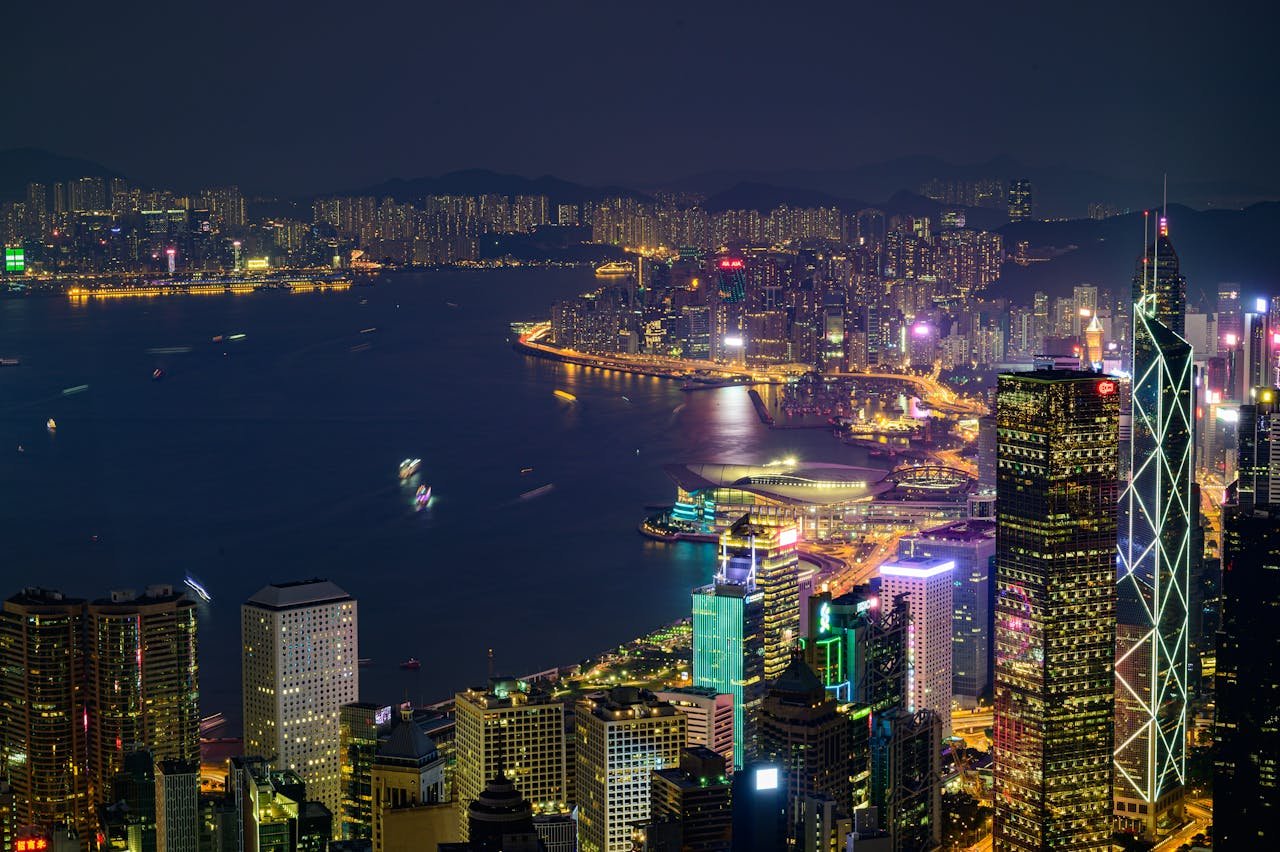
What I Learned (The Hard Way)
The Octopus Card is essential—get one immediately at the airport. I spent half of Day 1 fumbling with exact change like a tourist dinosaur.
The MTR (subway) is incredibly efficient, but walking often makes more sense in Central and Tsim Sha Tsui. The city is more compact than it appears on maps.
Don’t over-schedule. Hong Kong rewards wandering and spontaneity more than rigid itineraries. Some of my best discoveries happened when I got lost.
The weather can change dramatically within hours. I got caught in a sudden downpour that lasted exactly twenty minutes before giving way to blazing sunshine. Pack accordingly.
Essential Hong Kong Travel Recommendations
Accommodation:
- The Peninsula Hong Kong – Classic luxury in Tsim Sha Tsui with legendary afternoon tea
- Mini Hotel Central – Boutique property with excellent location and modern amenities
Transportation:
- Airport Express – Fast, efficient connection from airport to Central
- Octopus Card – Essential payment card for transport and purchases citywide
Dining Experiences:
- Tim Ho Wan – World’s cheapest Michelin-starred restaurant for authentic dim sum
- Yat Lok Restaurant – Famous for roast goose, a local institution since 1957
- Kam Wah Cafe – Traditional pineapple buns and milk tea experience
Cultural Attractions:
- Hong Kong Museum of History – Comprehensive overview of the city’s past and cultural heritage
- Ten Thousand Buddhas Monastery – Unique hilltop temple complex with golden Buddha statues
Shopping Destinations:
- Temple Street Night Market – Vibrant night market for souvenirs, street food, and local atmosphere
- Harbour City – Massive shopping mall with international brands and harbor views
Unique Experiences:
- Jumbo Floating Restaurant – Iconic floating restaurant in Aberdeen Harbor
- Bruce Lee Monument – Pay homage to Hong Kong’s martial arts legend
- Big Buddha and Po Lin Monastery – Day trip to Lantau Island for spiritual experiences and cable car rides
Four days isn’t enough for Hong Kong. But it’s enough to understand why people keep coming back, why this city gets under your skin and stays there. It’s enough to know that you’ll return, probably sooner than you planned, probably with a longer list of things you want to see and taste and experience.
Hong Kong isn’t just a destination—it’s an education in how cities can be both efficient and chaotic, traditional and modern, familiar and completely foreign. And that education, that beautiful confusion, is exactly what makes travel worthwhile.
Frequently Asked Questions
Is 4 days enough time in Hong Kong? Answer: Four days provides a solid introduction to Hong Kong’s highlights, allowing you to experience major attractions, local cuisine, and cultural sites. However, you’ll likely want to return for deeper exploration of outlying islands and neighborhoods.
What’s the best time of year to visit Hong Kong? Answer: October through December offers the most comfortable weather with lower humidity and pleasant temperatures. March through May is also excellent, though slightly more humid than winter months.
How much money should I budget for 4 days in Hong Kong? Answer: Budget travelers can manage on $75-100 per day, mid-range visitors should plan $150-250 daily, while luxury travelers might spend $300+ per day including accommodation, meals, and activities.
Do I need a visa to visit Hong Kong? Answer: Most Western passport holders receive visa-free entry for 90-180 days depending on nationality. Check current requirements on the Hong Kong Immigration Department website before traveling.
Is Hong Kong English-friendly for tourists? Answer: Yes, English is widely spoken in tourist areas, hotels, restaurants, and transportation systems. All MTR stations and street signs include English translations.
What’s the most efficient way to get around Hong Kong? Answer: The MTR (subway) system is the fastest and most efficient transportation method. An Octopus Card works for MTR, buses, trams, and many shops and restaurants.
Should I stay in Hong Kong Island or Kowloon? Answer: Both areas offer excellent access to attractions. Hong Kong Island (Central, Admiralty) provides upscale shopping and business district energy, while Kowloon (Tsim Sha Tsui) offers better harbor views and cultural attractions.
What are must-try foods during a 4-day Hong Kong visit? Answer: Essential foods include dim sum, roast duck or goose, wonton noodles, milk tea, egg tarts, and street food from dai pai dong (street stalls). Visit both high-end restaurants and local cha chaan tengs.
Can I drink tap water in Hong Kong? Answer: Yes, Hong Kong’s tap water meets international safety standards and is safe to drink. Most hotels and restaurants serve filtered water, and bottled water is widely available.
What should I pack for Hong Kong weather? Answer: Pack layers for variable temperatures, comfortable walking shoes, light rain jacket, and breathable fabrics. Summer requires light, moisture-wicking clothes, while winter needs light sweaters and jackets.
